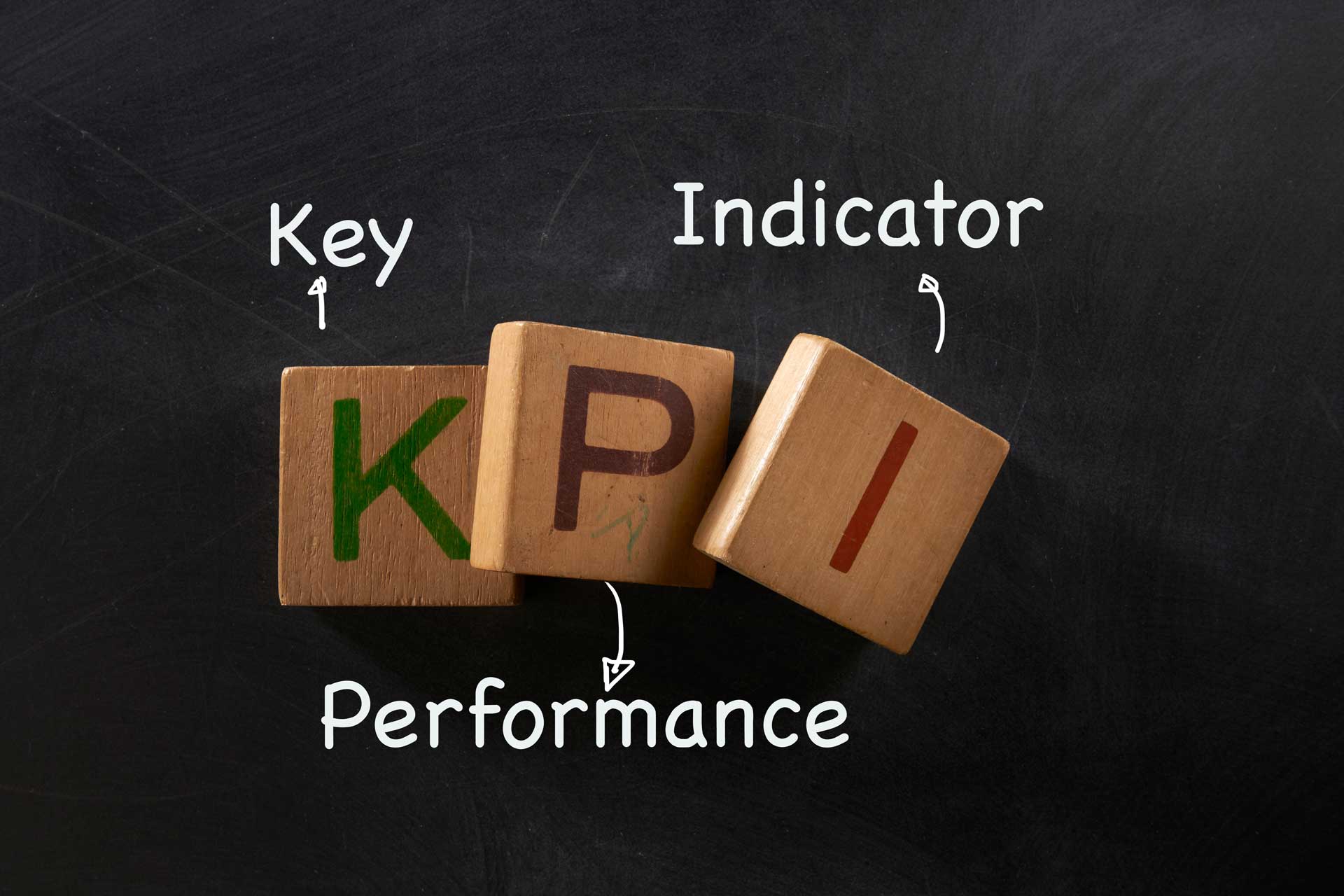
Struggling to stay competitive in today’s ever-evolving business world?
Product availability and dependable distribution are critical components your team needs to master. If your team isn’t aligned with your mission, setting attainable goals, or delivering in-demand products, it’s time to press pause. Having a quality product won’t get your company very far if it doesn’t get to your customer. With decades of experience working with manufacturing industry leaders, we’ve established that the best practice you can adopt is to assess your key performance indicators (KPIs) every three to six months to ensure your methods are useful and complete. Read on for a refresher to pass along to your team if it’s about that time to reevaluate progress and meet goals before 2021 ends.
KPIs measure key activities within a company to ensure it is operating with optimum success.
It is important to distinguish between a performance metric (which also measures activity), and a KPI. A performance metric can be used to measure a variety of activities ranging from the number of staff meetings employees attend, to the amount of product that is available to meet customers’ needs. A key performance indicator measures activity that is critical to the success or failure of a company. While measuring the number of staff meetings employees attend won’t make or break the company, tracking the amount of product available for customers is a key indicator of a company’s ability to successfully compete in the marketplace.
KPIs are typically limited in number because they track only critical business aspects.
A company may have three or four KPIs; each department may also have three or four. If a KPI is put in place, management must commit to having someone log the activity and monitor the activity. Management must also define a clear course of action it will follow once the results of the KPI are known. In addition to evaluating critical activity, a KPI must:
- Be realistic – a KPI to eliminate downtime is not realistic. An effective KPI would be “to reduce downtime by 5% through scheduled maintenance days”
- Be specific to meet goals: “delivered on time” is not specific. A better KPI is “to complete delivery within three days of receiving the customer’s order”
- Be quantifiable, such as tracking the rate of returned product
- Highlight areas where increased efficiency/decrease in use of resources can be achieved
- Illustrate the progress toward attaining a goal by presenting data in a chart or graph
- Help identify seasonal trends
Implementing and tracking key performance indicators provides management with reliable data to streamline decision-making.
KPIs encourage a team effort by promoting inter-departmental cooperation and offer clarity for workers in terms of performance expectations. Individual departments will have key performance indicators that further the company goal of providing superior service by reducing the lead time. A KPI for the manufacturing division might be to track the cycle time, while the distribution division might track the on-time and complete shipping rates, and the customer service department might track the rate of returned products.
Here is an example of a good manufacturing facility KPI:
Company goal: To provide superior customer service through quick delivery.
Key performance indicator: Lead time
Definition: Lead time is the length of time it takes from the beginning of the
manufacturing process to the time the final product is delivered to the customer.
How it will be measured: Tracking the customer waiting time, which is the length of
time between when a customer places an order and the customer receives the product.
Target: To reduce lead time by 2 percent.
Implementing KPIs can increase the entire organization’s efficiency and production capability.
An added benefit? KPIs can generate a positive attitude among team members by letting individuals know how they contribute to a company’s overall success. Taking simple, cohesive steps like these can reenergize your team and ensure all departments are synchronized in their daily, monthly, and quarterly objectives. For more ideas to help your business thrive in these challenging times, contact our Manufacturing Services Group today. Whatever the size of your venture, we can help you meet your goals, now and for the future.
